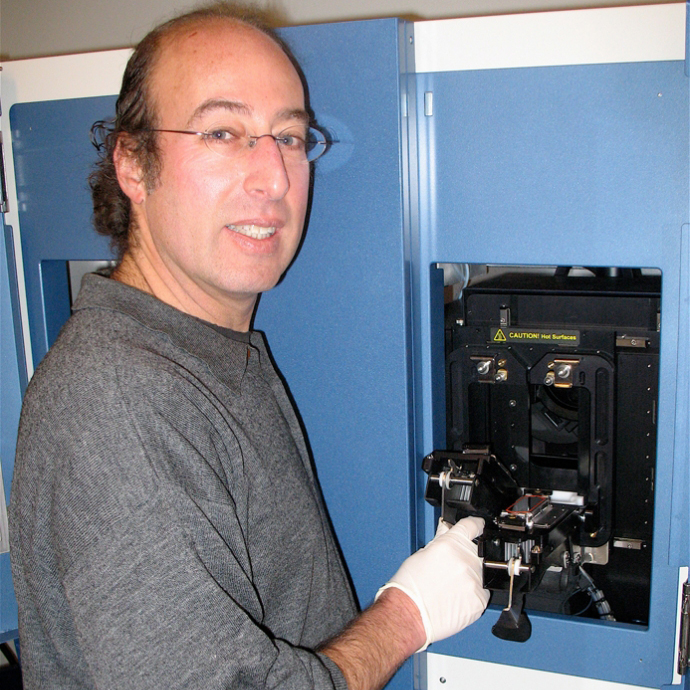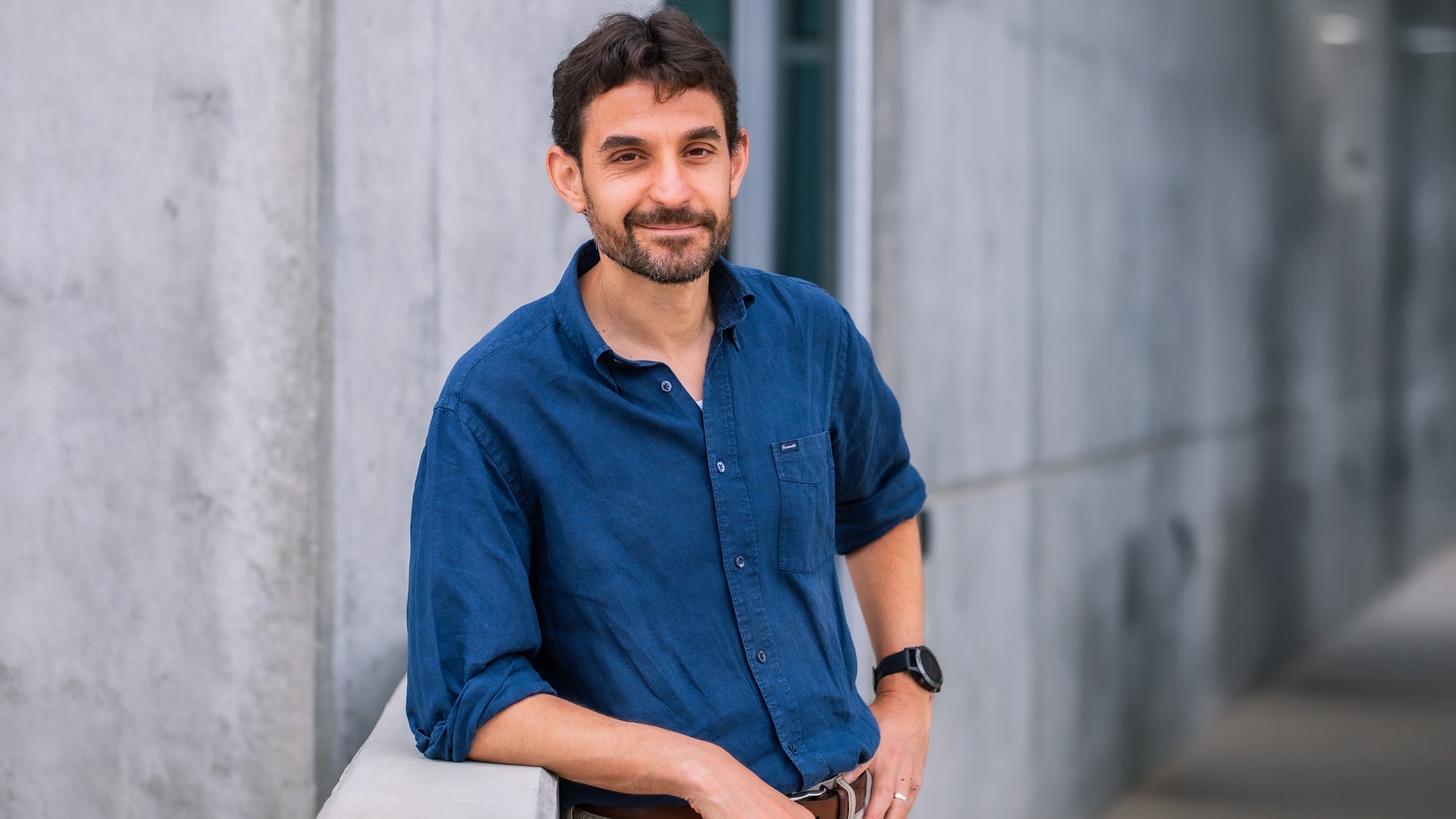
Gene Sequencing Instrument Facilitates New Research at UCSB
Thanks to a new piece of equipment priced at over a half million dollars, UC Santa Barbara has moved into the forefront of cutting-edge genetic research. For the first time, large-scale genomic sequencing is being performed in the Santa Barbara area.
The "next generation" instrument, purchased by UCSB's Neuroscience Research Institute (NRI), has many different applications, according to Kenneth S. Kosik, M.D., Harriman Chair in Neuroscience Research, professor of molecular, cellular, and developmental biology, and co-director of the NRI.
The study of human embryonic stem cells is among the most important ways the sequencer will be applied. "This is a rather novel use for the instrument," said Dr. Kosik, who added that the sequencer "will serve as the cornerstone of genomics research here at UCSB. It allows us to do state-of-the-art work."
Manufactured by Applied Biosystems, the machine is called a "next-generation sequencer" because these new instruments are so much faster than earlier models. It has a large cluster of several computers inside, all strung together, to handle the massive amounts of data.
The new instrument was paid for with funds from the Larry L. Hillblom Foundation, philanthropist Gus Gurley, and the university.
"The specific area that we are approaching is called expression biology," said Dr. Kosik. "Expression means whether a gene is ‘turned on,' and we are looking precisely at that."
He explained that subsets of genes are turned on to make a kidney; other subsets are turned on to make a brain, or skin, or other organs. For cells to differentiate, to take on these different identities, different sets of genes must be turned on and others have to be turned off. The human genome contains about 3 billion letters or nucleotides, per person, discovered by the sequencing technology in the year 2000.
As a result, scientists now have a "parts list" of every gene–– just like mechanics have a parts list for a car. Still missing is an "instruction manual" which will tell how all these genes are assembled into a human being.
"Expression biology –– the turning on and off of genes –– is a very important first step in learning how genes can operate to make a complex organism.
Gene expression in stem cells will be particularly important to reach a detailed understanding of human development," said Dr. Kosik. "We plan to take human embryonic stem cells and make them into some type of cell or tissue that needs repair. For a person who has diabetes, we would like to replace the cells in their pancreas to make insulin. For a person who has Parkinson's disease, we would like to replace those particular cells in the brain that are dying."
Dr. Kosik said that UCSB research teams could study almost any disease with the sequencer. "Some diseases are clearly genetic, such as sickle cell anemia. In this case, we know exactly how the mutation leads to the disease," he said. "Other diseases, like atherosclerosis, Alzheimer's disease, diabetes, and cancer, have a genetic component, but the genetic aspect is not yet fully understood. Other types of diseases including infectious diseases, like AIDS or bacterial diseases, are also important to study because these organisms mutate and thereby become resistant to drugs."
He explained that UCSB researchers are using the new instrument to find all of the genes that are turned on in a particular type of cell, under specific conditions. Genes that are turned on, even in the same cell, will change. If the cell is under stress, or if there is an infection, the genes change in their expression.
The new sequencer is temporarily housed at the California NanoSystems Institute on campus, and operated by personnel from the NRI. The first research team to use the instrument is headed by Daniel E. Morse, a professor of molecular, cellular, and developmental biology and of biomolecular sciences and engineering, as well as director of the Institute for Collaborative Biotechnologies. His postdoctoral fellow, Qian Gu, and graduate student Luke Bawazer, are sequencing a massive family of new DNA aptamers. These are DNA sequences that were selected for their ability to direct the low-temperature synthesis for semiconductors and related minerals never before made by biological systems.
The sequencer will run 24 hours a day, seven days a week. It is connected to the Internet, so it can be followed remotely. Data can be offloaded from the machine and scientists can begin to analyze it while other samples are still running.
"While this piece of equipment is a great addition to the university, with $2 million more, the university could create a world class genomic center," said Dr. Kosik. He hopes to establish a full-fledged Center on Genomics at UCSB, which could be created for far less than most institutions spend. "Because of our very focused questions and because we can leverage so much that is already here, we could get this center going for a fraction of the cost of what is being spent in other genomic centers around the country."
Related Links



